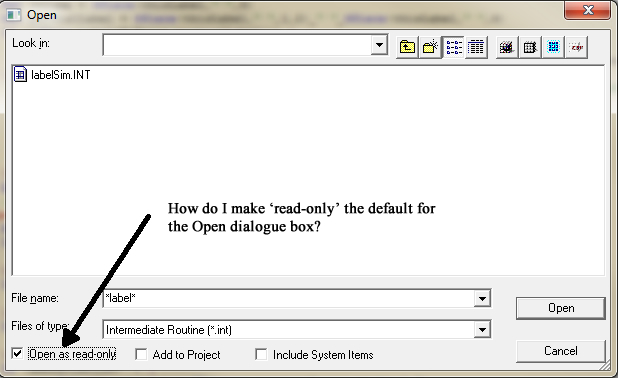Hi All,
I've created a sample implementation of the MQTT protocol, which is now available on GitHub.
The project demonstrates MQTT client capabilities and it's written in Caché Object Script.
Any comments, bug reports are welcome! Some more enhancements (like SSL / TLS support) are planned for the near future.


